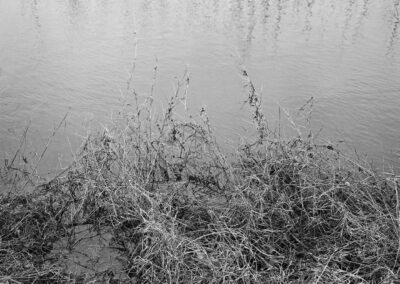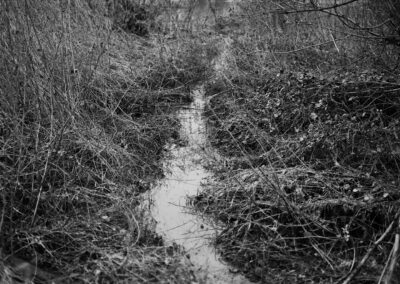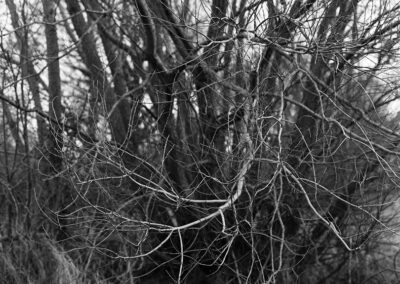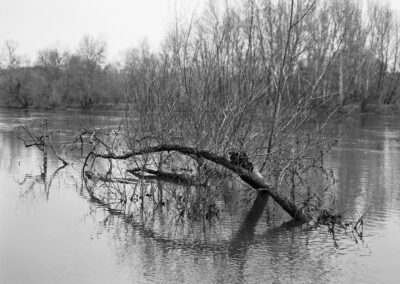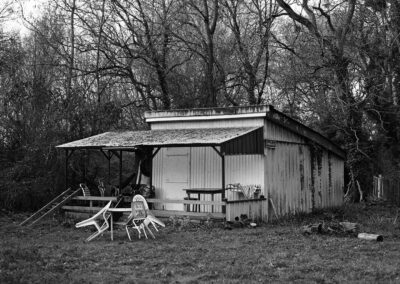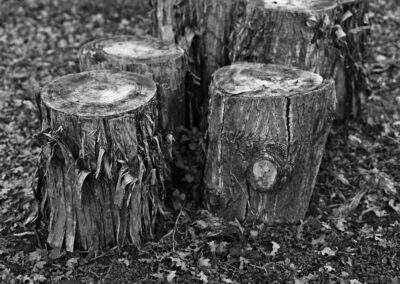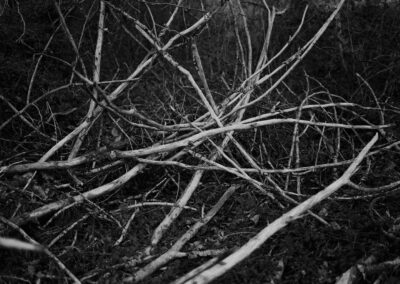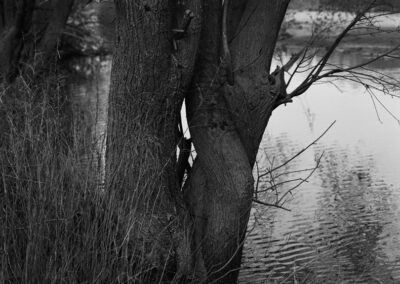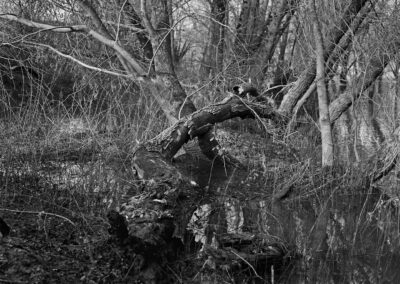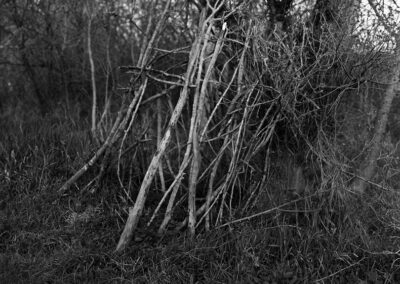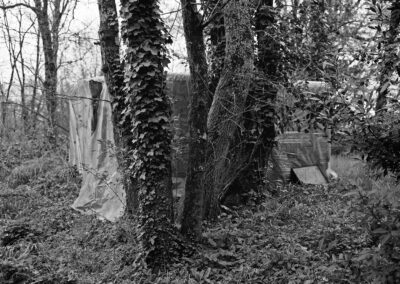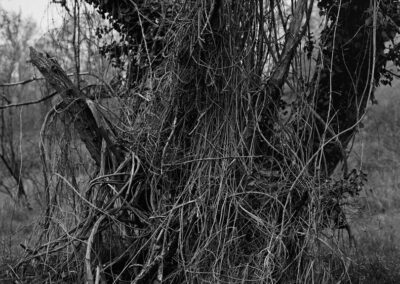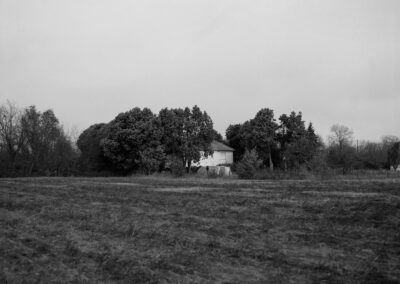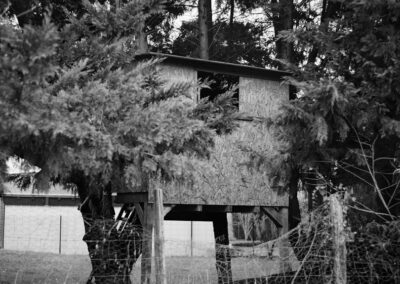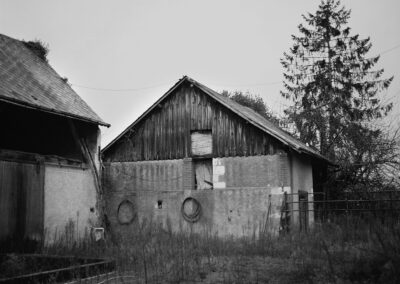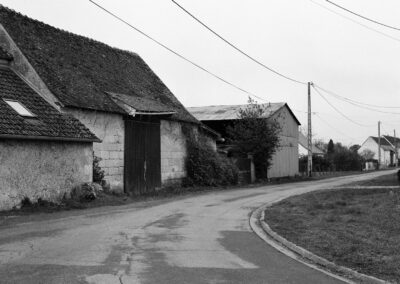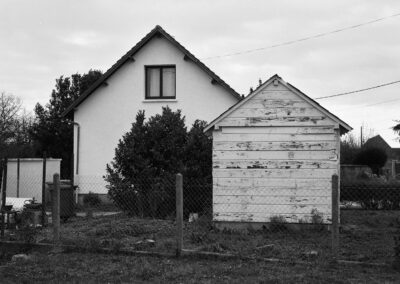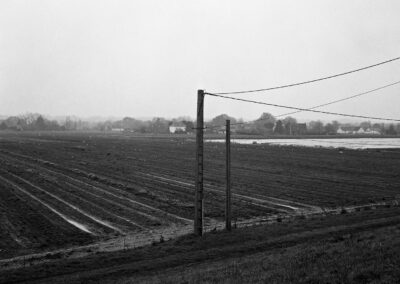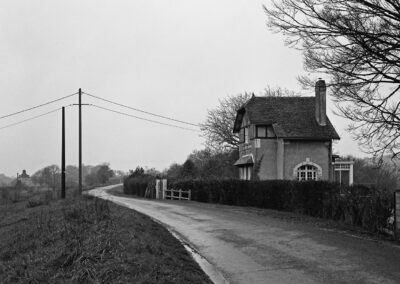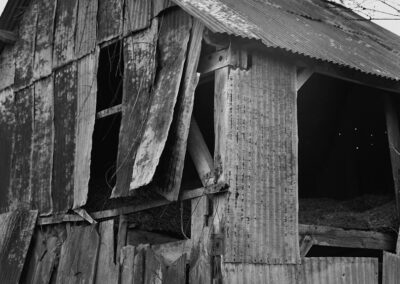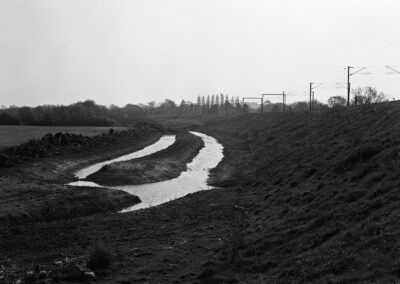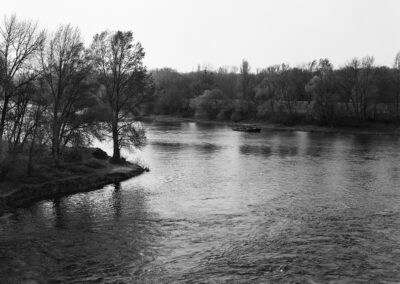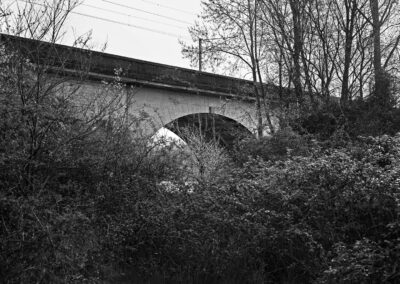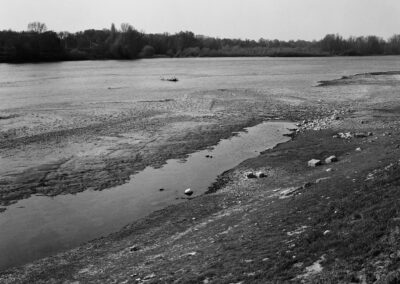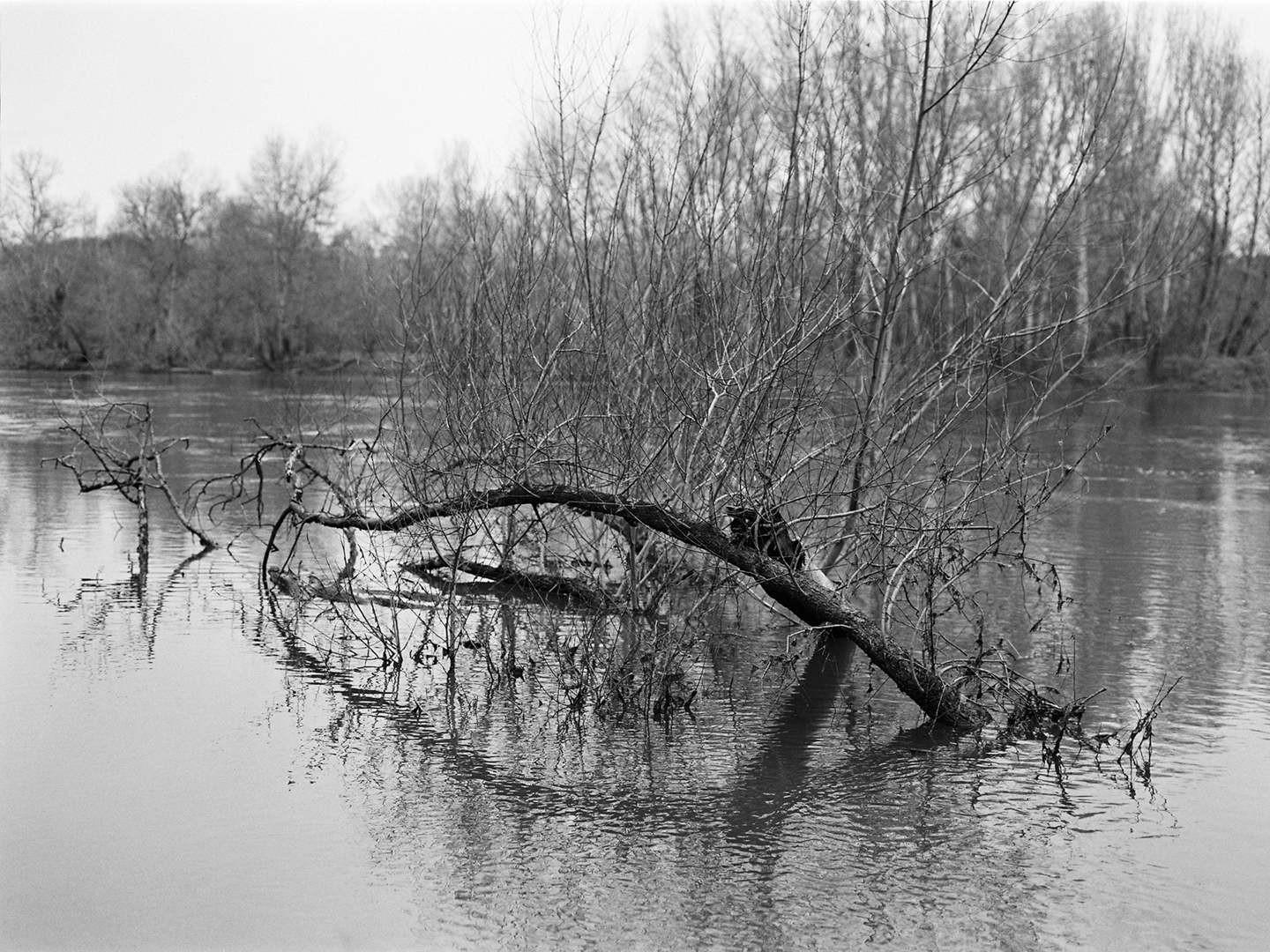
We drive along the river for about fifteen kilometers from the city to get there. One road to come and leave. Wedged between the levees of two rivers in a floodable zone, we call this place “Le Bout du Monde” (World’s End), referring to this dead end and almost insular aspect. The area stretches out for a few kilometers until the Loire and its tributary merge together, then continues its flow to the Atlantic ocean. Going to the railway bridge to observe the confluence and walking alongside the tracks to reach the other side is a family ritual. From there, we stare at the great corridor of water while imagining the ocean in the distance, and by concentrating a little, we could almost feel a slight of iodine note in the air. Unless it is only the scent of dried mud from Loire’s sandy banks. I’ve often felt a kind of fear as I walked there, naively throwing sticks ahead of my feet to make sure the ground was practicable. Many stories have been heard, of people who would have disappeared in a quicksand or a whirlpool.
Several years ago I left these landscapes where I grew up, lived and which were the backdrop of my first photographic explorations. Coming as a ‘visitor’ since then, lockdown periods gave me the opportunity to spend more time there, explore these places again, deeper, let reminiscences reappear and rediscover a sense of belonging.
A selection of the images from the series are shown below (click to view image at full size / original format).
ABOUT AURÉLIE MONNIER
Aurélie Monnier (b. 1986), is a French photographer from Loire Valley. She was introduced to photography by her mother. After several years as a graphic designer, she is now working in a photographic laboratory in Lyon.
In her photographic approach, she explores and reflects on our relationship with landscape, territory, and the meanings to belong to a land.
Website: aureliemonnier.com
Instagram: @_aureliemonnier
CREDITS
Unless otherwise stated, all words and images in this article are © Aurélie Monnier

